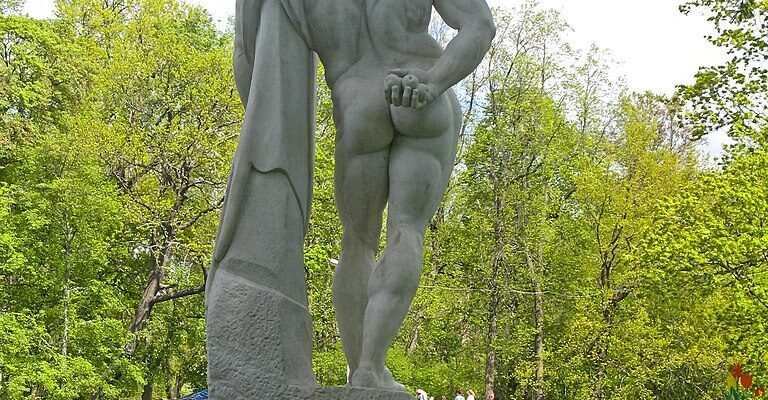Yelagin Island
Yelagin Island is an oasis of nature located almost in the center of St. Petersburg. Its unique and majestic landscapes set up for reflection during leisurely walks. This attraction is not only one of the greenest places in the city, but also harmoniously combines beauty and simplicity, peacefulness and grandeur.
.Yelagin Island is a unique natural complex at the mouth of the Neva River, a natural monument of regional importance and a favorite place of St. Petersburg residents for romantic, active or family recreation. Here lovers walk and listen to birdsong; sportsmen spend time in the Norwegian rope park or on tennis courts in summer, while in winter they go skiing and sledging; families with children feed nuts to practically tame squirrels and enjoy the beauty of Russian nature.
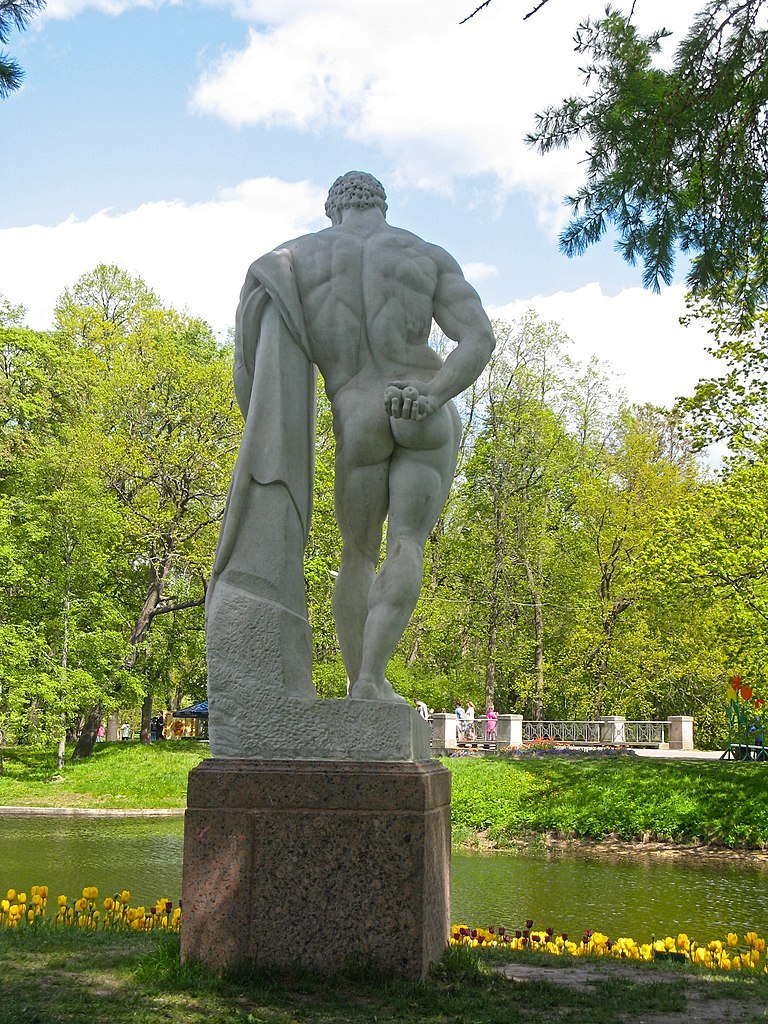
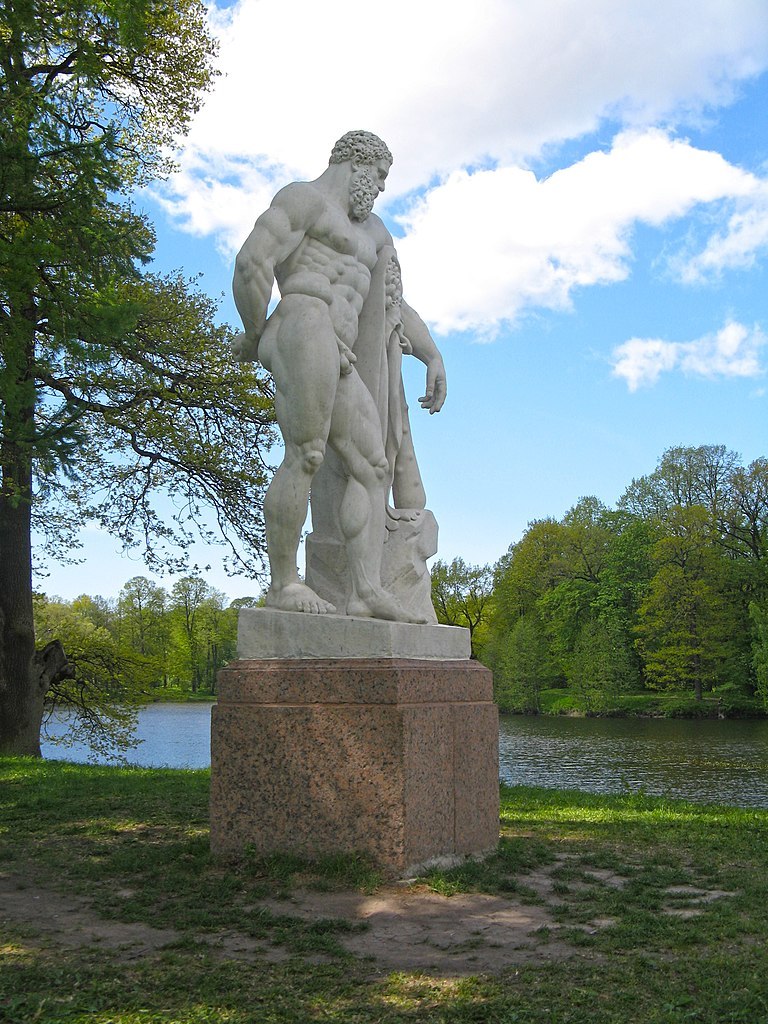
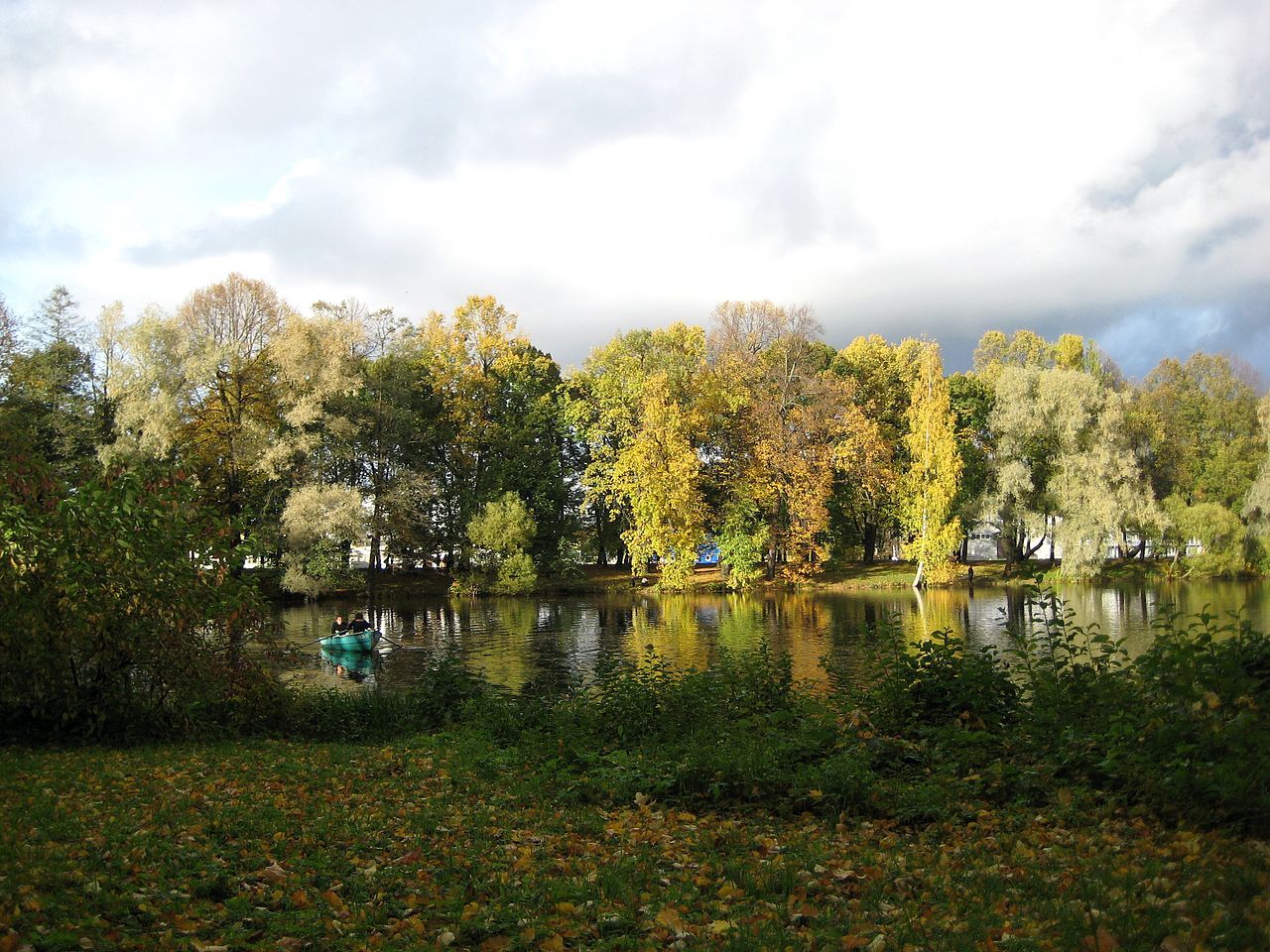
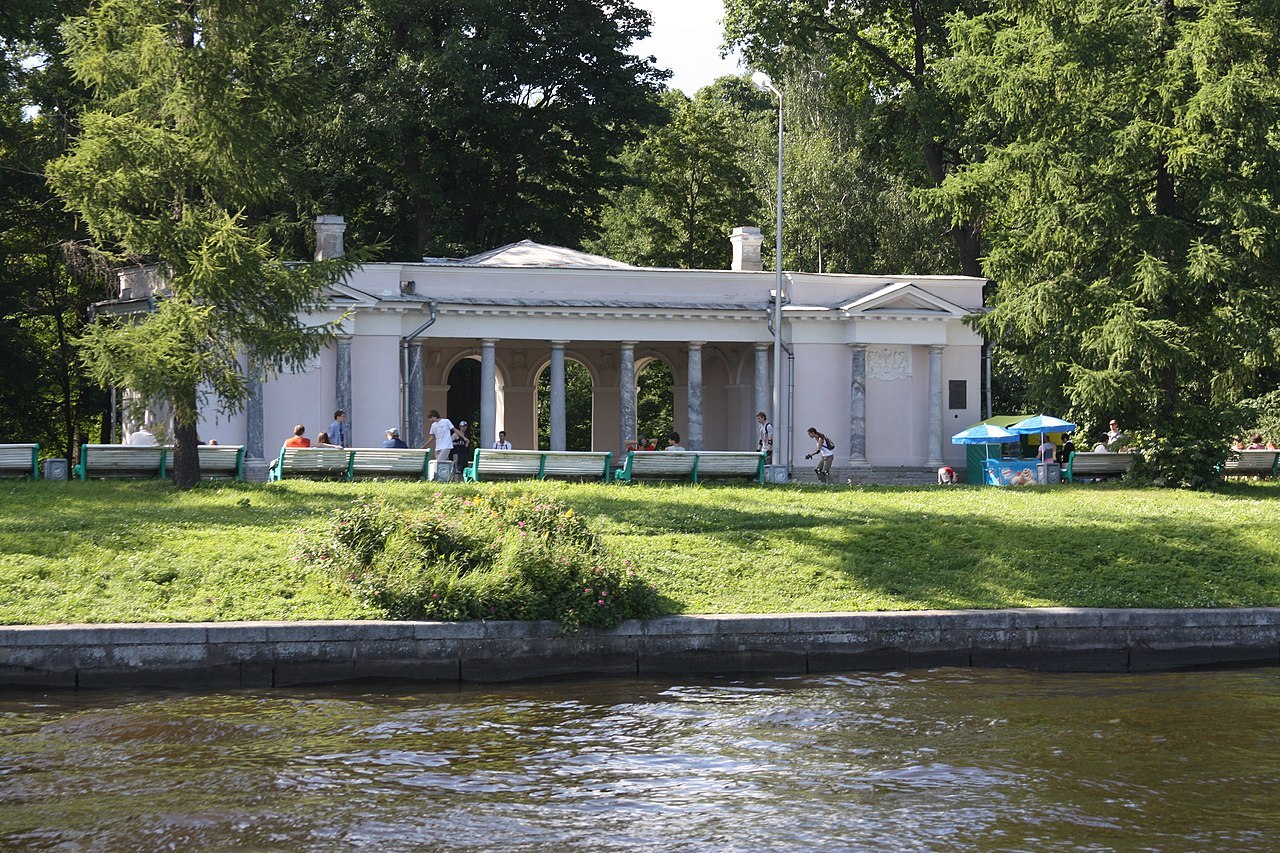
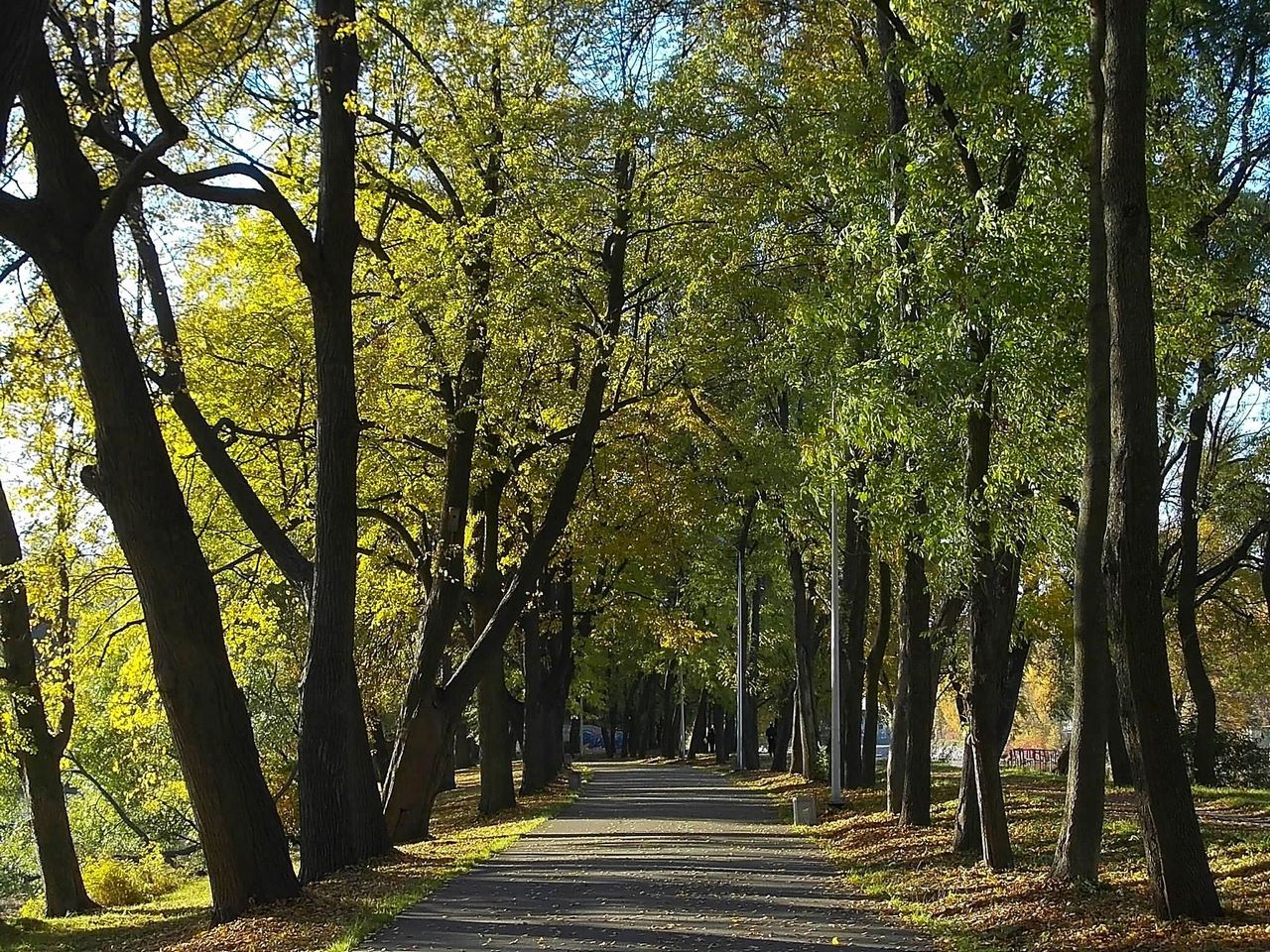
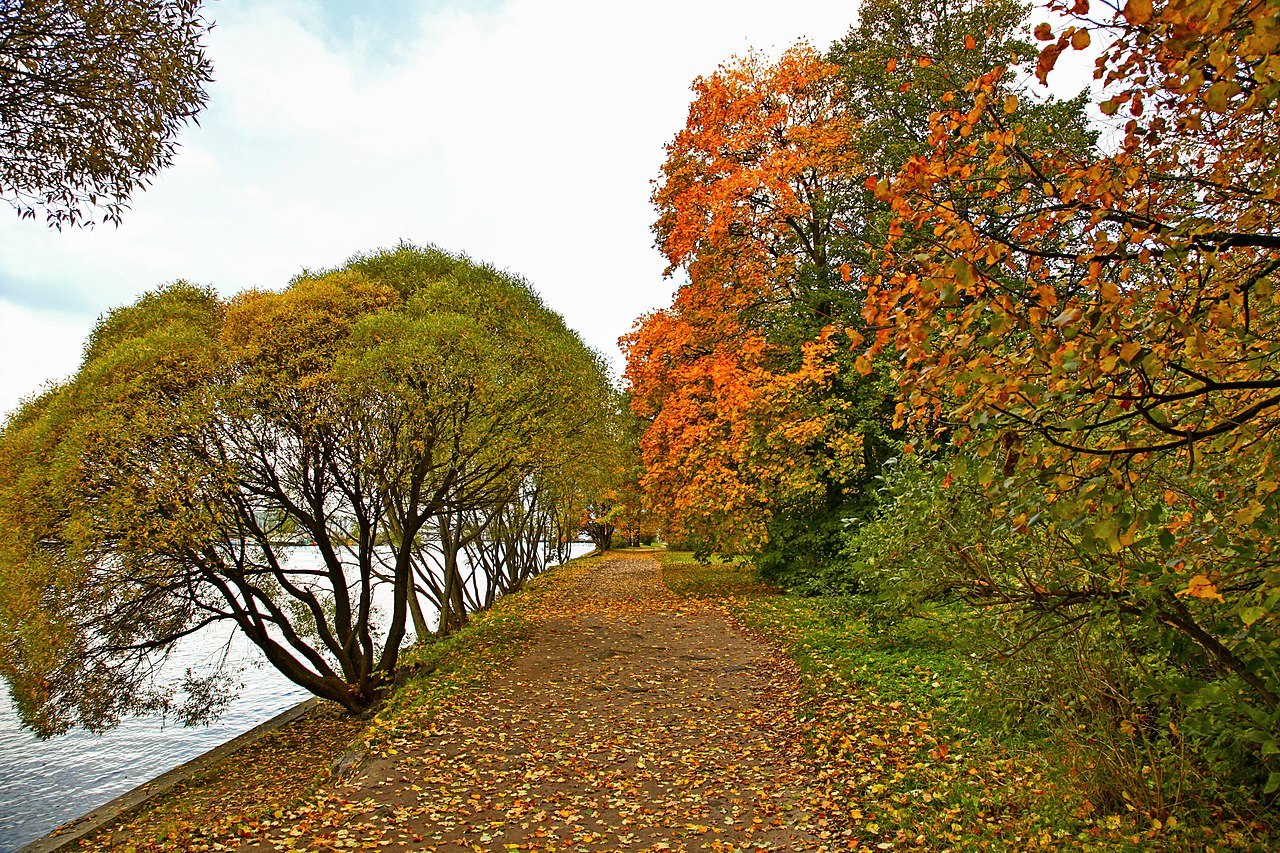
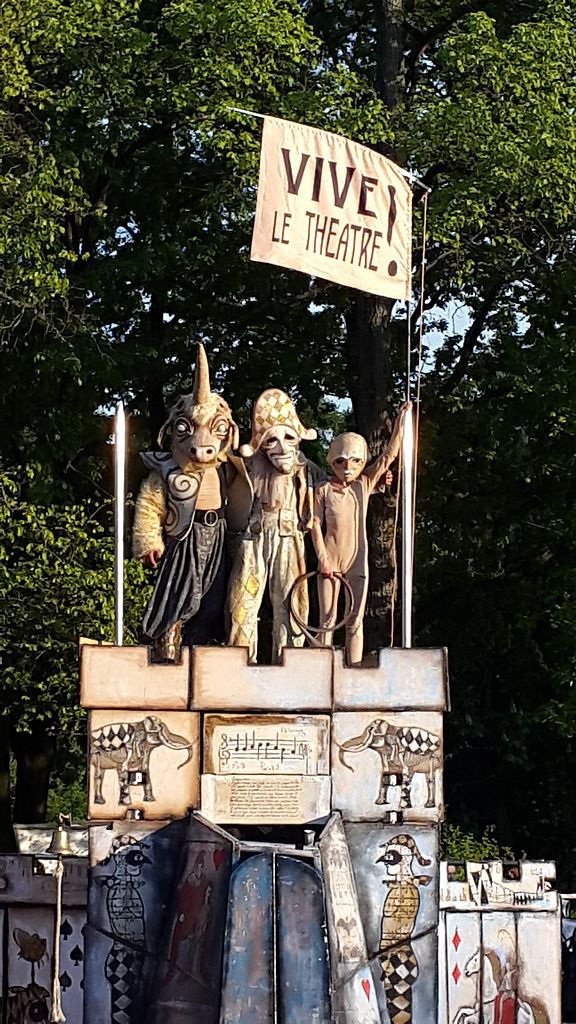
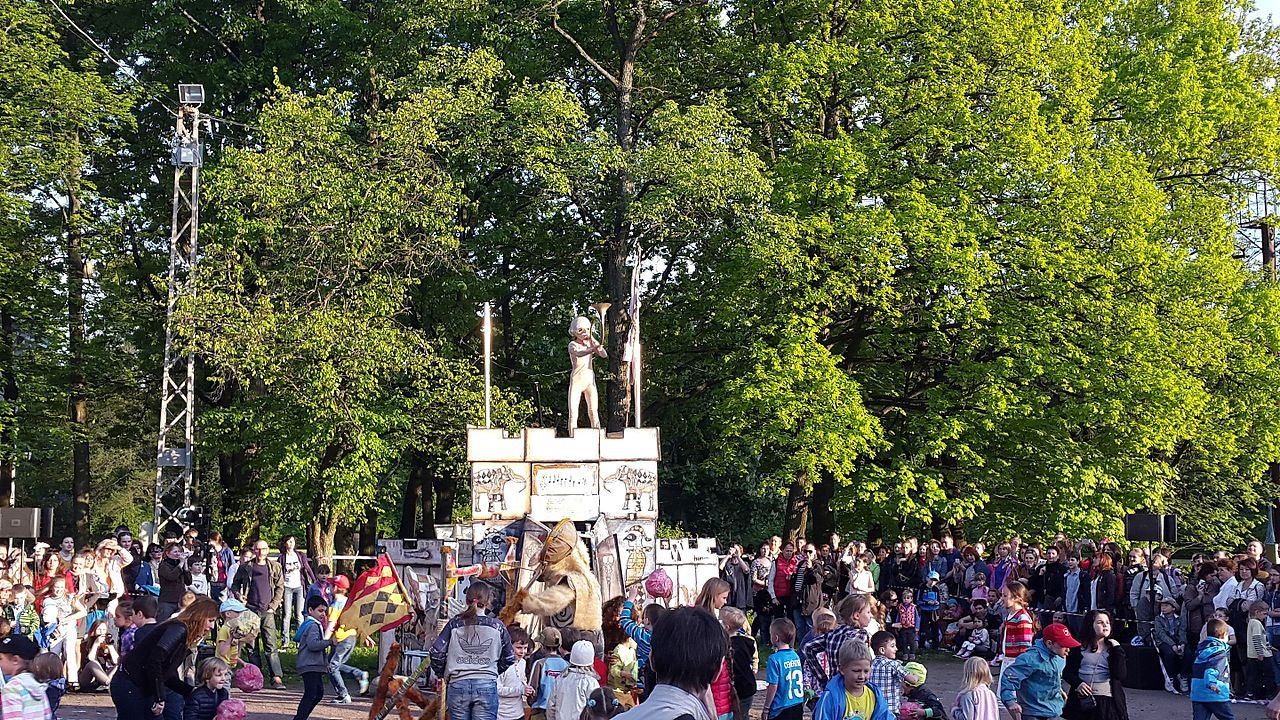
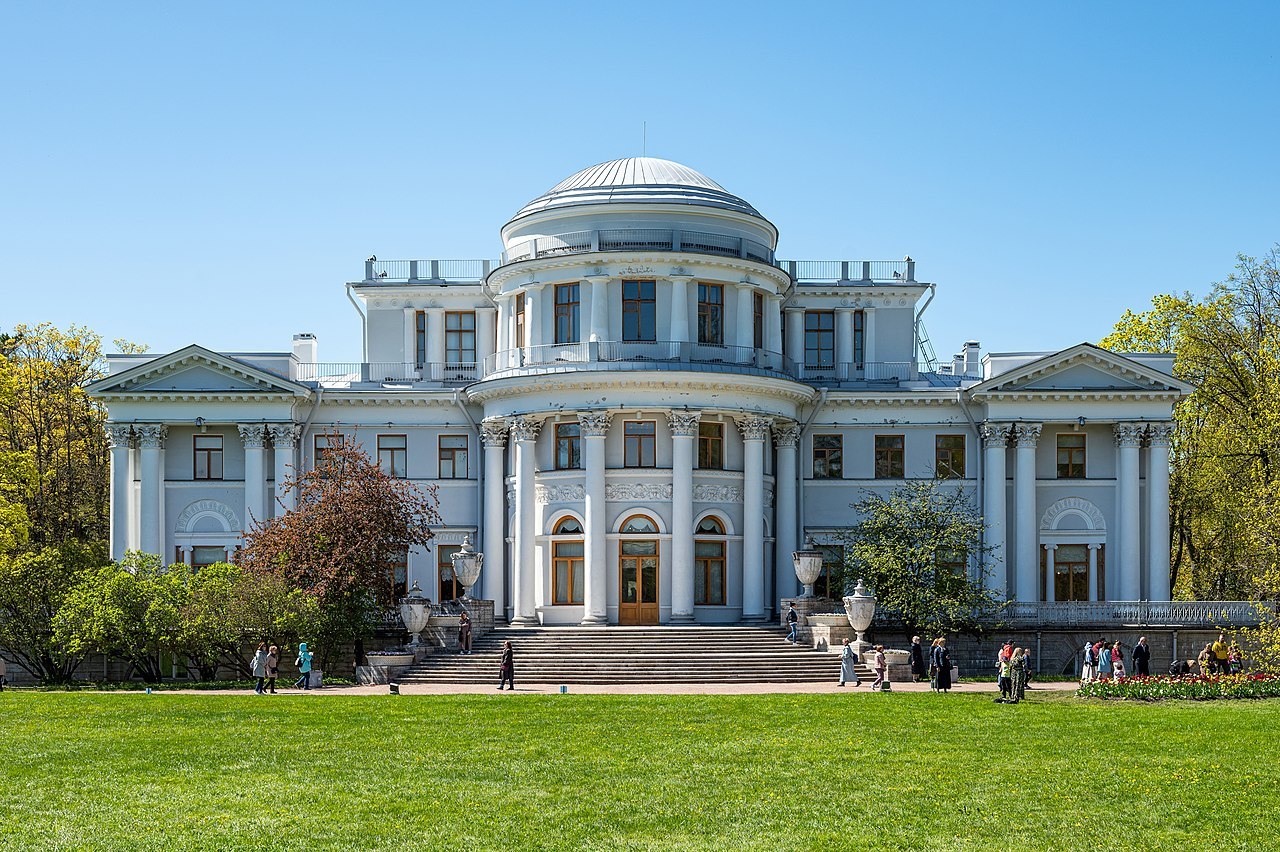
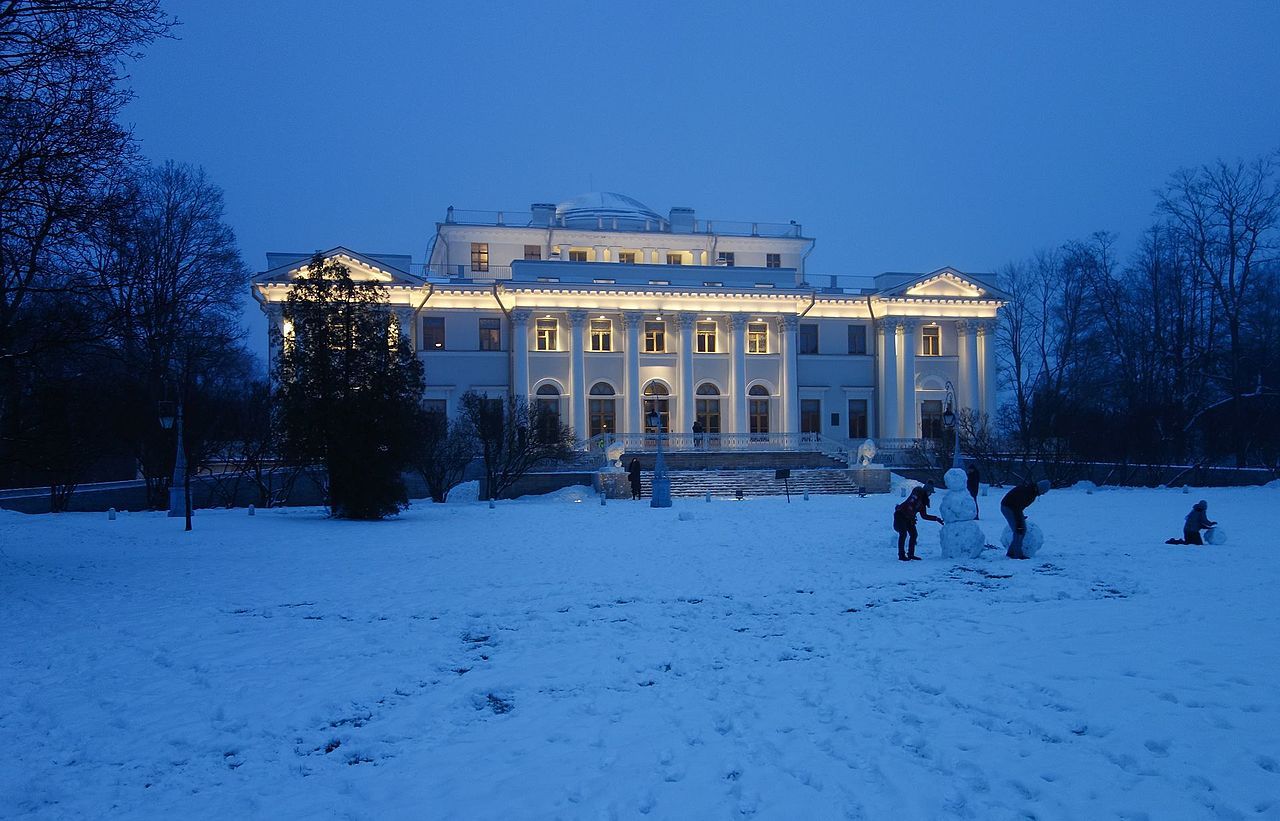
Video: Yelagin Island
ContentsHighlights
Yelagin Island is located in the historic Petrogradsky district. Locals call this neighborhood “Ostrová”. It is the northernmost of the islands of the Neva River estuary, almost the entire territory of which is occupied by the Kirov Central Park of Culture and Recreation (CPCR). From the northern side the island is washed by the Bolshaya Nevka, from the southeastern and southern sides – by the Srednaya Nevka, which separates it from Kamenny and Krestovsky islands, and from the western side – by a narrow cape into the Gulf of Finland. In fact, Yelagin Island is several islands separated by ponds and canals.
.
Being a part of Prinevskaya lowland, Yelagin Island has a slightly undulating relief, and its water network is represented by artificial ponds connected by canals. Four ponds form the southern chain, and five ponds form the northern chain. The total area of the ponds is 20 hectares, which is one fifth of the area of the whole island, which reaches almost 100 hectares. The length from south to north is 0.75 km, from west to east – 2.1 km. Three bridges lead to the island: one bridge connects Yelagin Island with Primorsky District (1st Yelagin Bridge), the second – with Krestovsky Island (2nd Yelagin Bridge), and the third – with Kamenny Island (3rd Yelagin Bridge).
.During the formation and domestication of Kirov CPCIO, the soil cover and soils of the island underwent significant transformations. There are practically no natural peaty and peaty-gley soils left. Now on Yelagin Island soddy soils with different degrees of gleying and thickness of humus horizon prevail.
.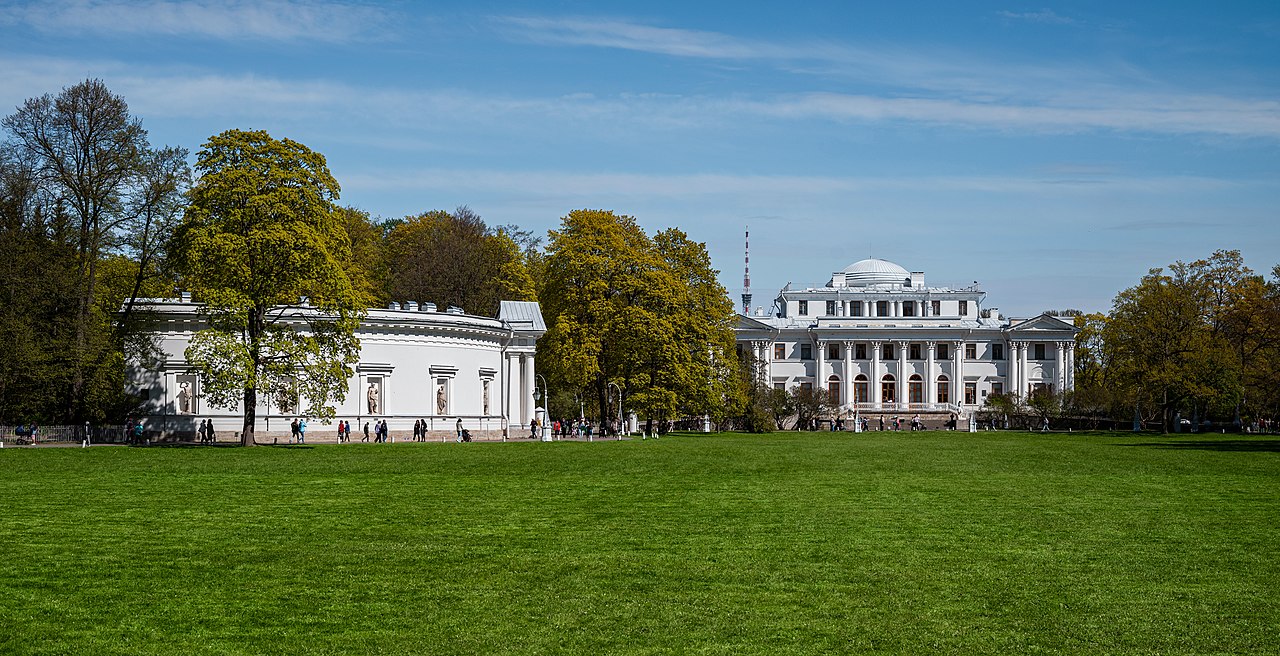
History of Yelagin Island
On Swedish maps Yelagin Island was first noted in 1643. At that time it was called in Finnish Mistula-saari, and in Russian – Mishin (Mikhailin) island. Why such a name? If you believe one of the legends, then on the territory of the island there were bears in the forest, which were considered its rightful masters. At the official level, the name was fixed for the island after a large bear met a Russian soldier on patrol. It was retained throughout the 17th century.
18th century
Peter the Great, engaged in the creation of the new capital on the Neva River, paid much attention to the surrounding territories. Trying to ennoble these lands and bring them into proper shape, the emperor gave them to his close associates. In 1709 the island got its first owner – the famous statesman and diplomat Baron Pyotr Shafirov. During the whole century the island was constantly passing from one nobleman to another, there were 9 of them. The island owes its modern name to the fifth owner – Ober Gofmeister Ivan Yelagin, who was characterized by friendliness and hospitality.
.
Each of the owners, impressed by the beauty of the island and its favorable location, tried to maximize its beautification and landscaping. The best floriculturists and park builders were involved in the work. In the 18th century Yelagin Island was famous for its beautiful greenhouses, where outlandish plants and exotic fruits were grown.
.XIX century
The maintenance of a large estate by the beginning of the XIX century has become quite burdensome and tedious occupation. Grigory Orlov, the last private owner of Yelagin Island, sold it to the treasury for 350,000 rubles. This event took place in 1817. The new owner of the island became the Cabinet of His Imperial Majesty. The Russian Imperial House would own the island for the next hundred years.
.
XXI century
In 2000, the palace and park ensemble required major repairs and comprehensive restoration. There was no lighting, most of the embanked and asphalted roads were completely or partially destroyed, and the drainage system was damaged. The park’s green spaces were not properly maintained, and the sports equipment rental bases and bandstands did not meet not only aesthetic but also technical requirements.
.
In 2001, the City Government decided on the necessity of preserving the Central Park and developed a Development Concept. This Concept stated that the palace and park ensemble should preserve its territorial integrity and engage in the development of natural-ecological, educational, sports and recreational, and museum and exhibition trends.
.
In 2006, a comprehensive restoration of the farm, of which by that time little remained, was launched. Engineering support was reconstructed, historical and architectural objects were restored and rehabilitated, and the ecological environment and landscape were recreated. The main restoration work on Yelagin Island began in 2006 and ended in 2012
.The Kirov Central Park has been through a lot, but managed to retain the status of a state structure, has not lost its relevance in the modern metropolis and has demonstrated excellent vitality. The island has turned into one of the largest open-air socio-cultural complexes.
.’
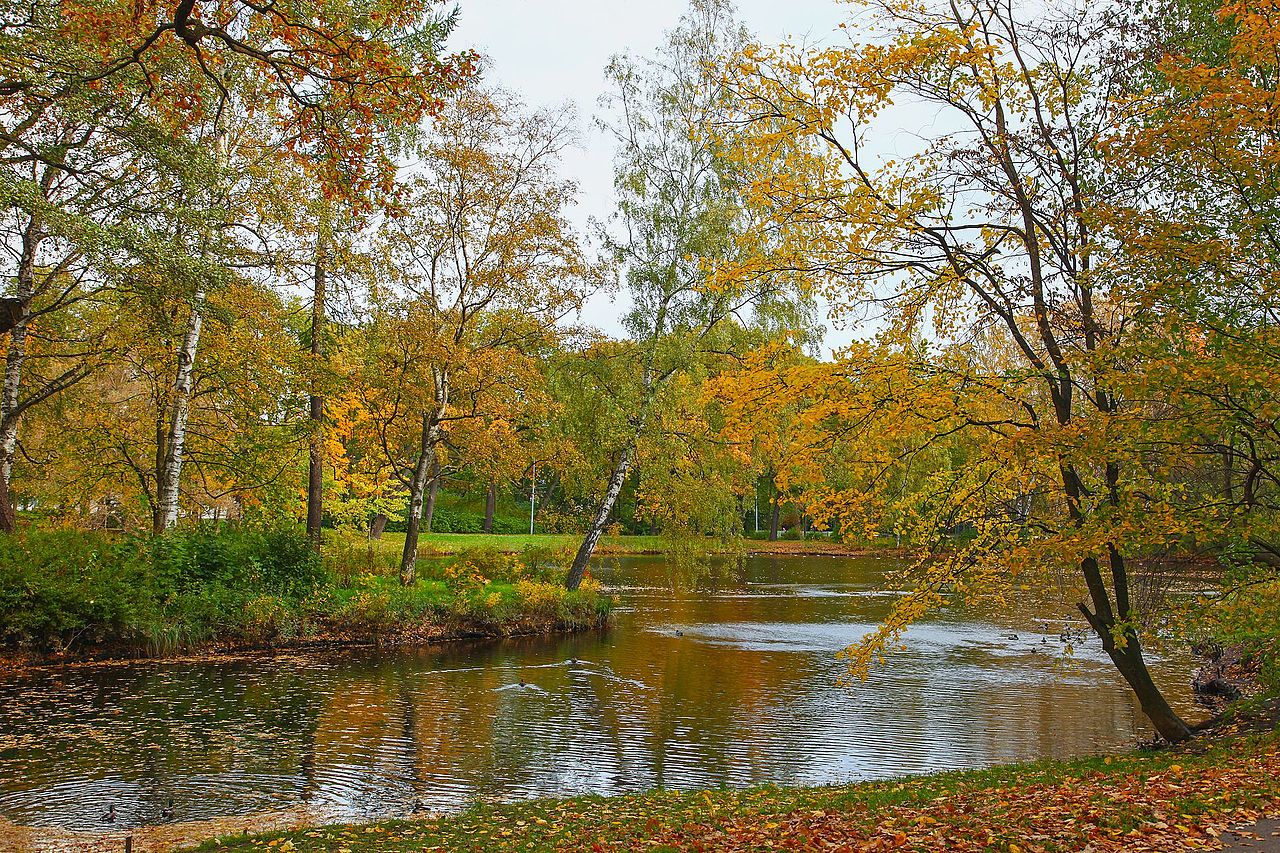
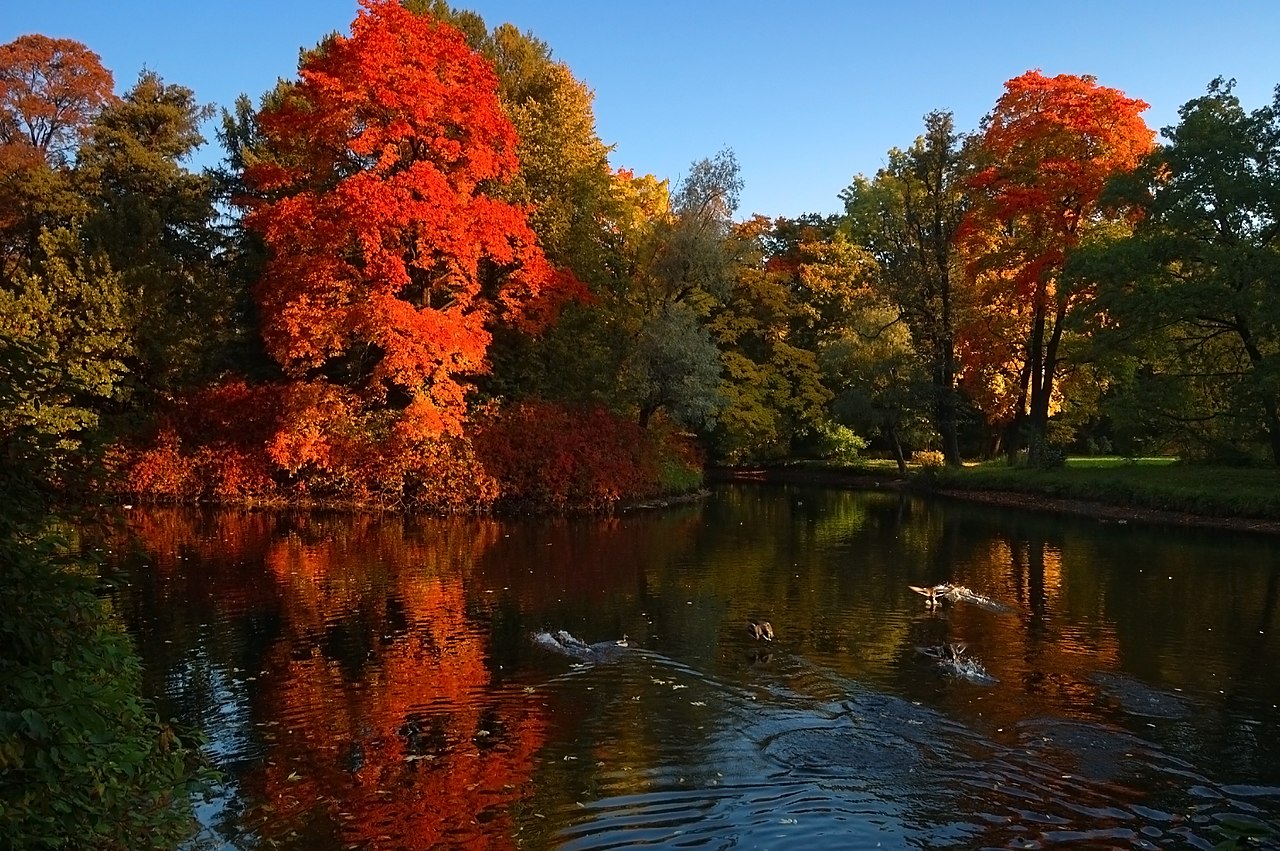
What to see
Over the years, Yelagin Island has become home to many attractions in the form of museums, temples, monuments and green spaces. Each of the objects is worth spending at least a little time to see it. Where to go and what to see on Yelagin Island in the first place?
.Yelagin Island Palace Museum
The palace is located on the east of the island, in the highest part of the island. The former summer residence of Maria Feodorovna attracts the attention of visitors due to its elaborate layout and lavishly decorated interiors.
>
Architect Rossi managed to create a building that in its external appearance successfully combines the ergonomics of an estate and the grandeur of an imperial palace. The enfilade around the perimeter of the building consisted of residential and ceremonial rooms. The first floor housed the Empress’s apartments, service rooms and halls, the second – living rooms, the third – the house church in the central part and living rooms on both sides of the church.
.Elaginoostrovsky Palace Museum is open daily from 10:00 to 18:30, except Monday and Wednesday. Monday is a day off, on Wednesday the museum is open from 12:00 to 20:00 during the winter period (November-March) and from 13:00 to 21:00 during the summer period (April-October). The box office stops operating 60 minutes before closing time and 30 minutes before closing time on Wednesday during the summer period. Ticket price is from 50 to 150 rubles, children under 18 are free.
.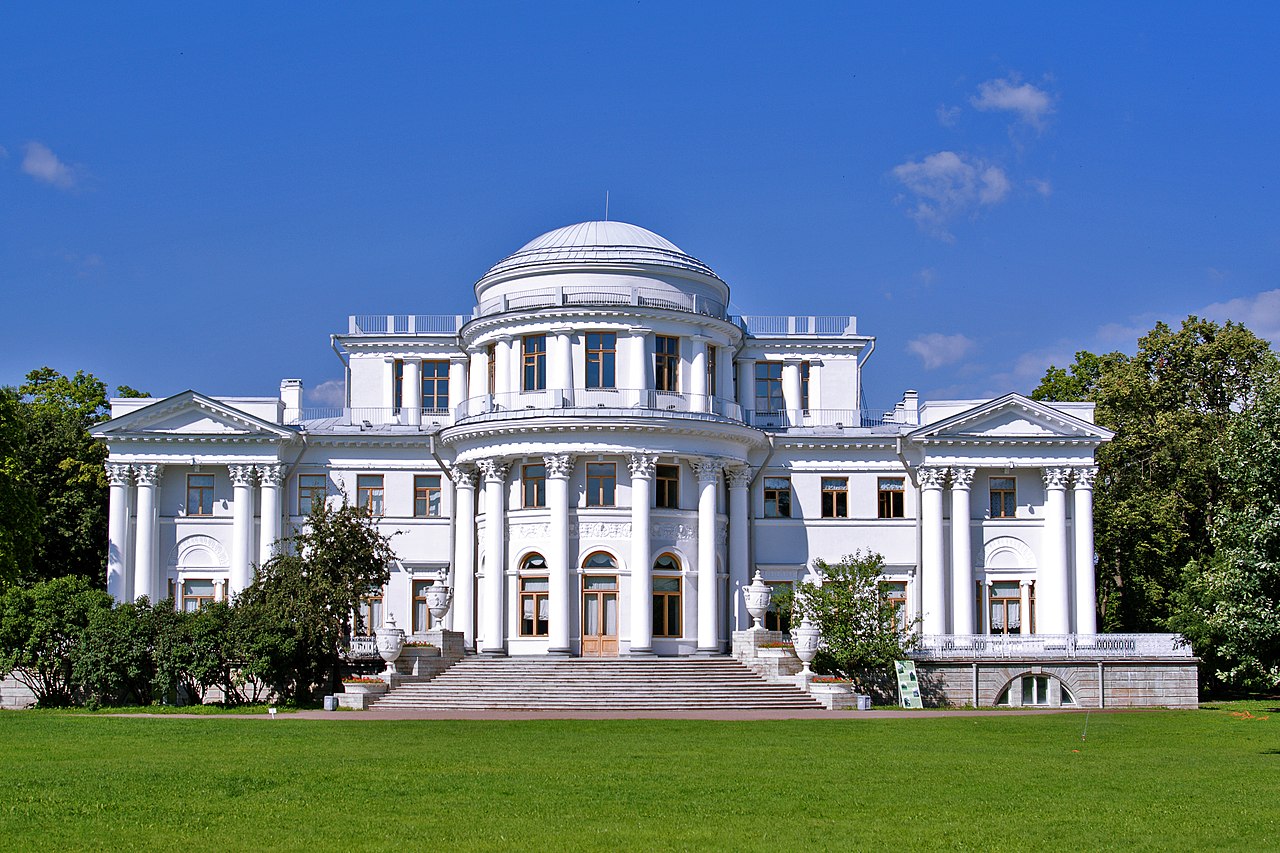
Museum of Art Glass
The Museum of Art Glass was opened in the Orangery Building in the spring of 2010. The design of the exposition is one of the most original among similar museums. It is the only museum in our country, which is dedicated to the art of modern art glass in general, as well as to the products of famous glass companies. The basis of the collection is the production of the Leningrad Art Glass Plant, which ceased to exist in 1996. The collection totals about 7,000 items.
.In 2018, the exhibition space was expanded – the “Northern Enfilade” hall appeared, which presented an exposition called “New Arrivals”. Here are works by Western European masters of the 19th and 20th centuries and artists who created at various factories of the Union during the heyday of Soviet glass production.
.
In addition to the “Northern Enfilade”, the exposition occupies three more halls: Central, Black and White. In the latter, temporary exhibitions, presentations, conferences, and master classes are held. If you want to watch the magical transformation of glass, you should visit the Glassblowing Workshop at the museum. The duration of the session is 45-60 minutes.
.The mode of operation of the Museum of Art Glass is no different from that of the Yelaginoostrovsky Palace-Museum. The cost of tickets – from 100 to 200 rubles for individual visitors and 1500-2500 rubles for organized groups. The excursion is conducted by appointment. The name of the excursion – “Ice, born in the fire”, duration – 60 minutes.
.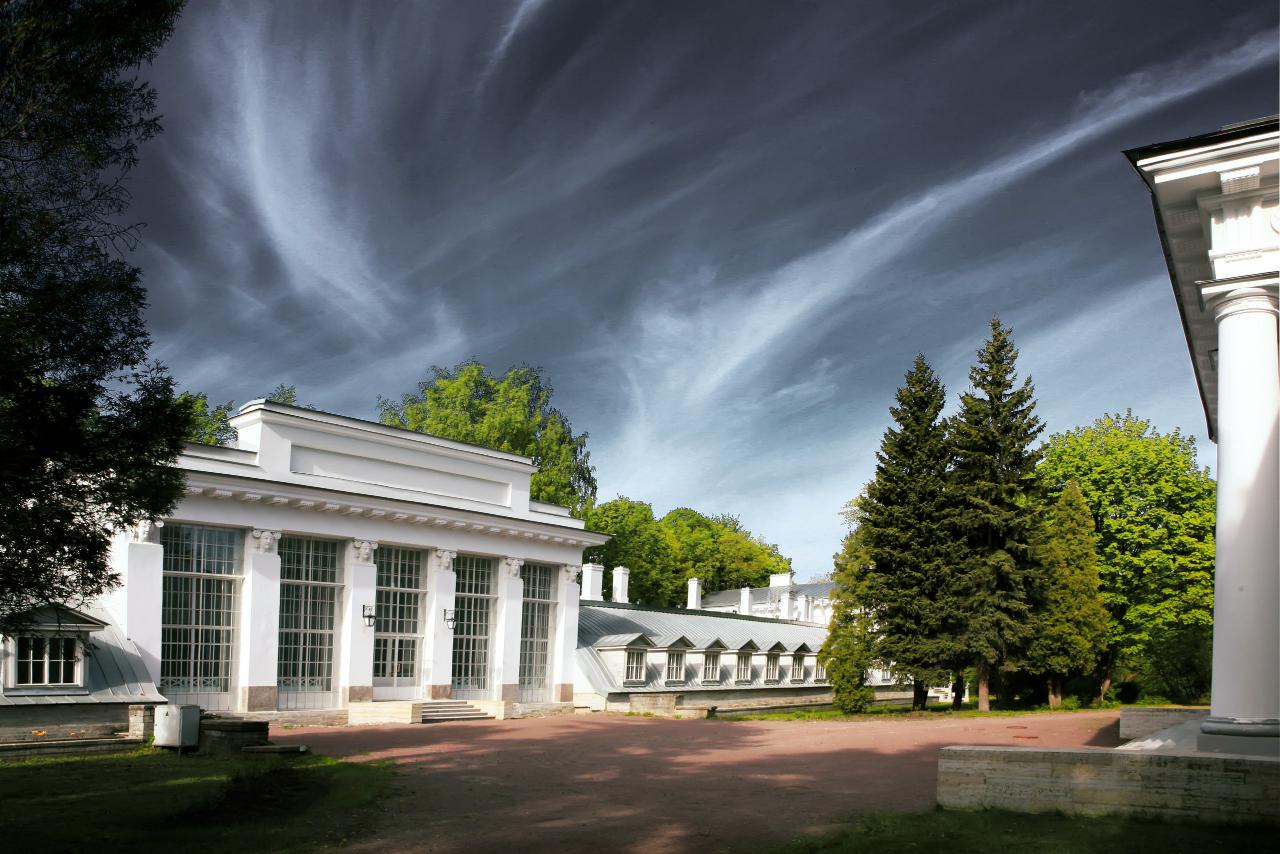
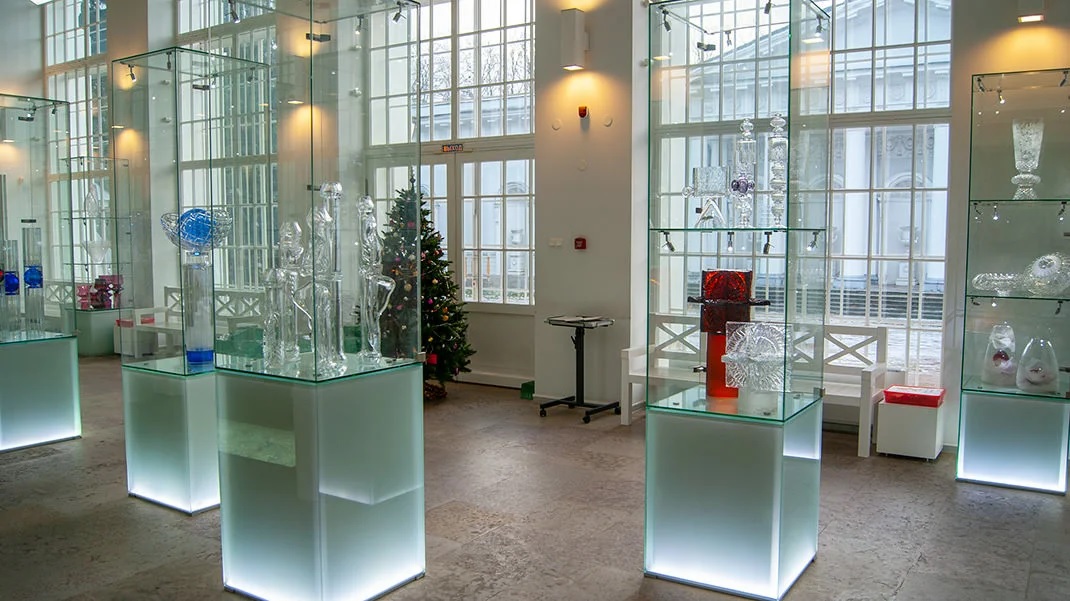
Stables building
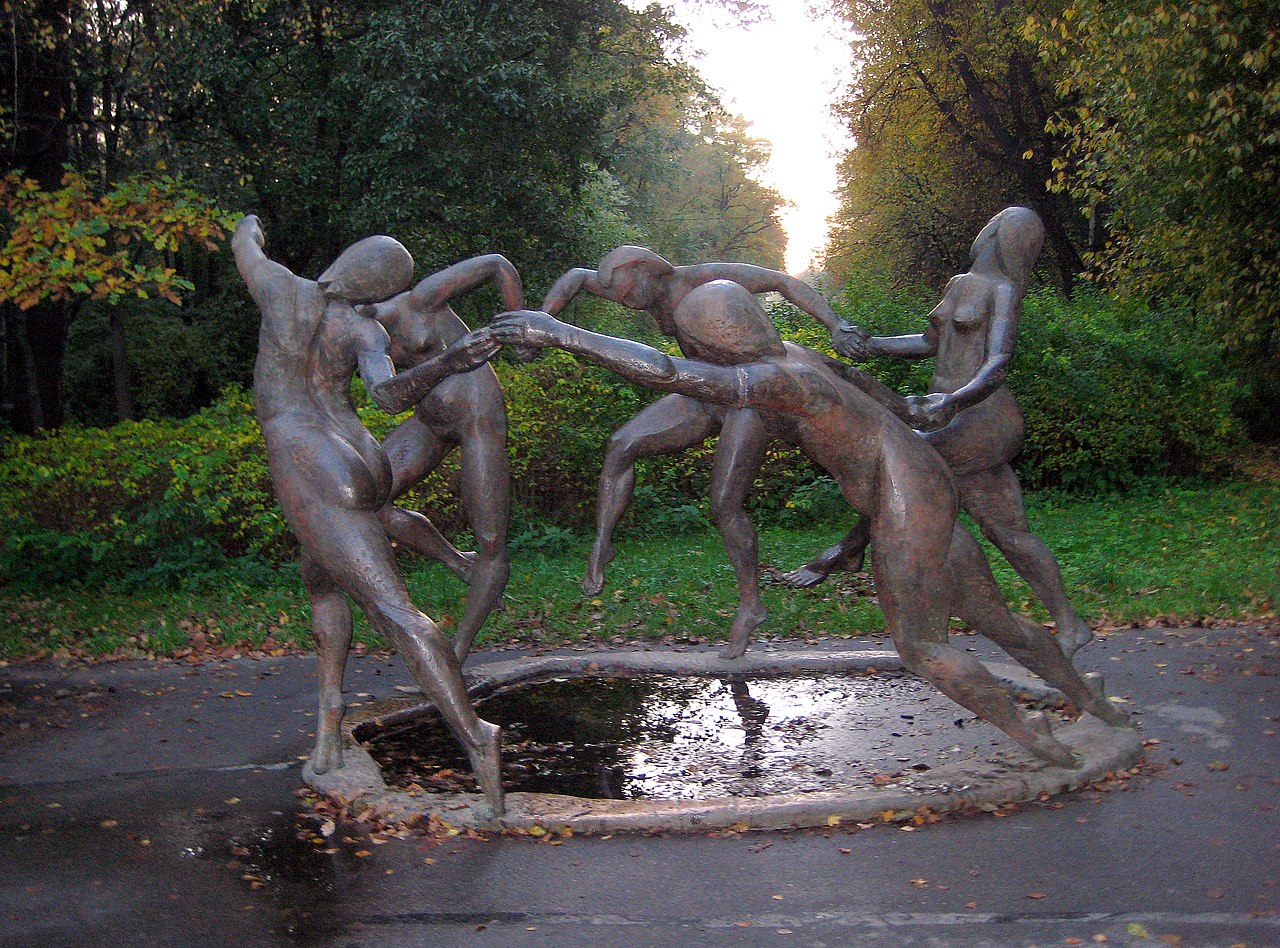
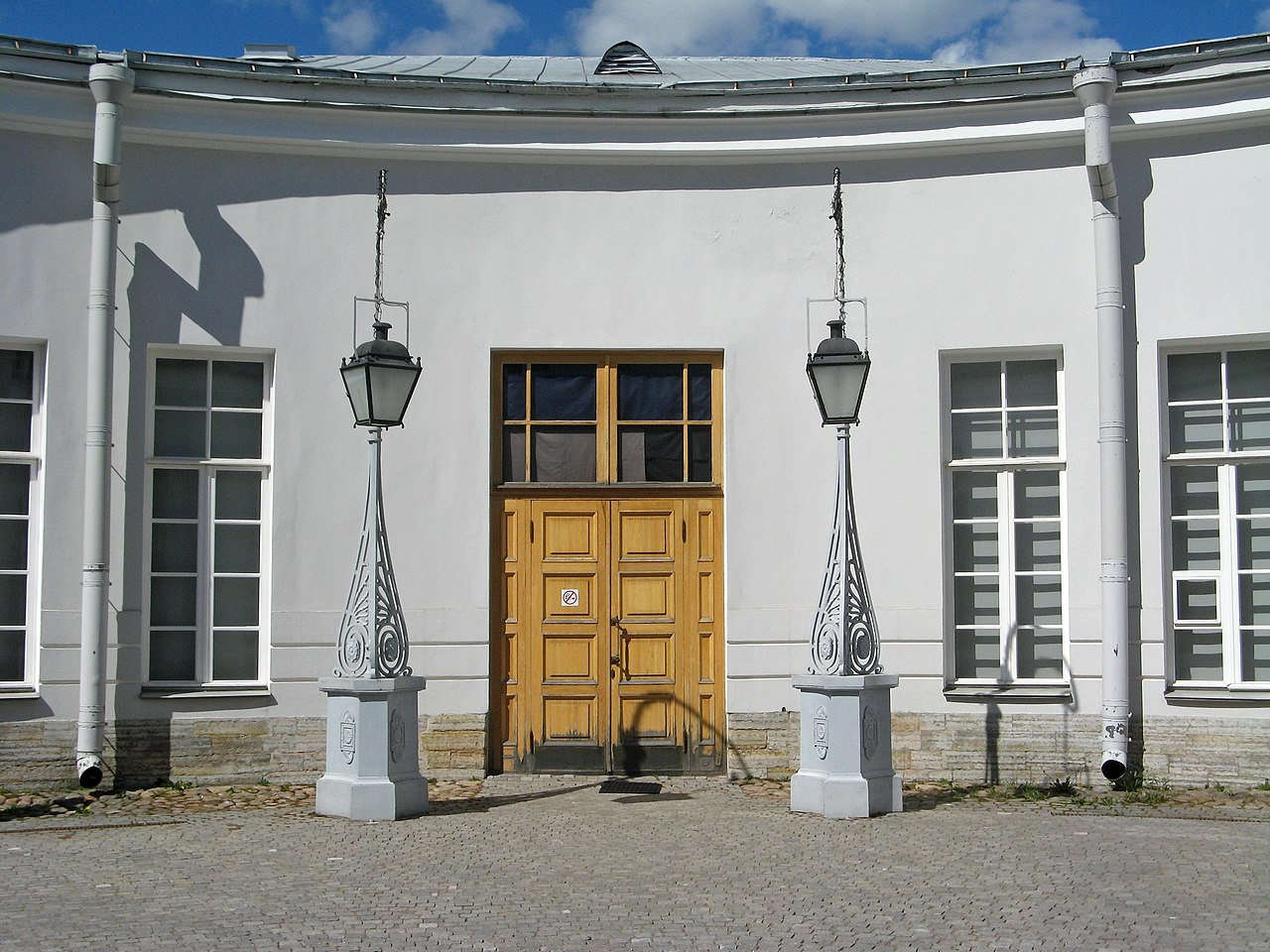
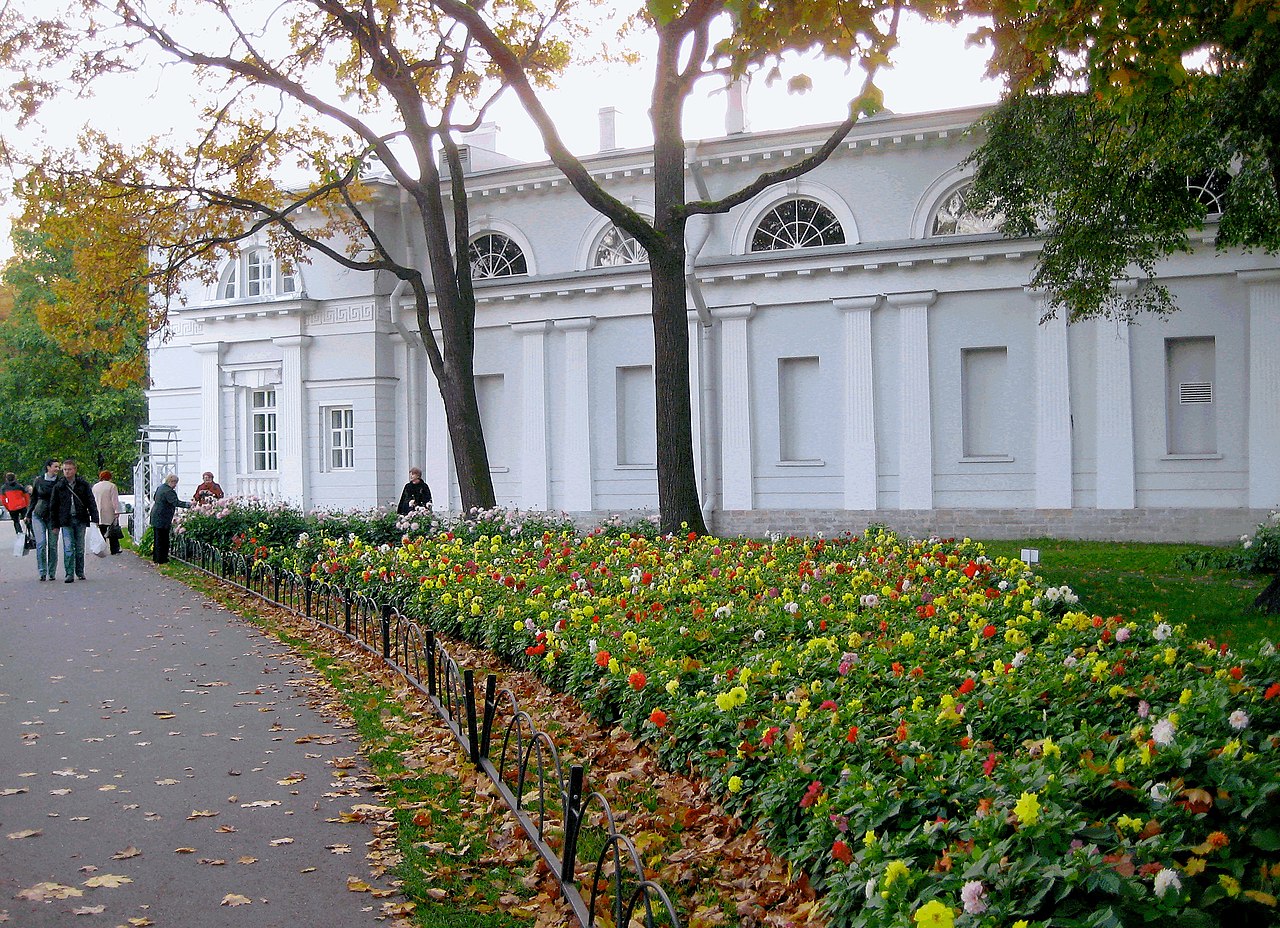
Kitchen Enclosure
This two-story building, built in the form of a semicircle, housed the kitchen. The eastern facade of the building is decorated with a portico with decorative vases in niches, the southern facade with 14 sculptures of heroes and ancient gods made of Pudozhsk stone, and the central facade with a 6-column Doric portico with a massive gate closing the entrance to the interior of the building.
.A peculiarity of the Kitchen Building is the absence of windows on the outside. All the windows are located in the courtyard, which was cobbled two centuries ago. And the enclosure is also built in such a way that sunlight never enters the rooms designated for cooking and food storage. Lavishly decorated with stucco and sculpture, the walls create a solemn image and hide the true purpose of the building. Now the building houses the storage facilities of the Yelaginoostrovsky Palace-Museum.
.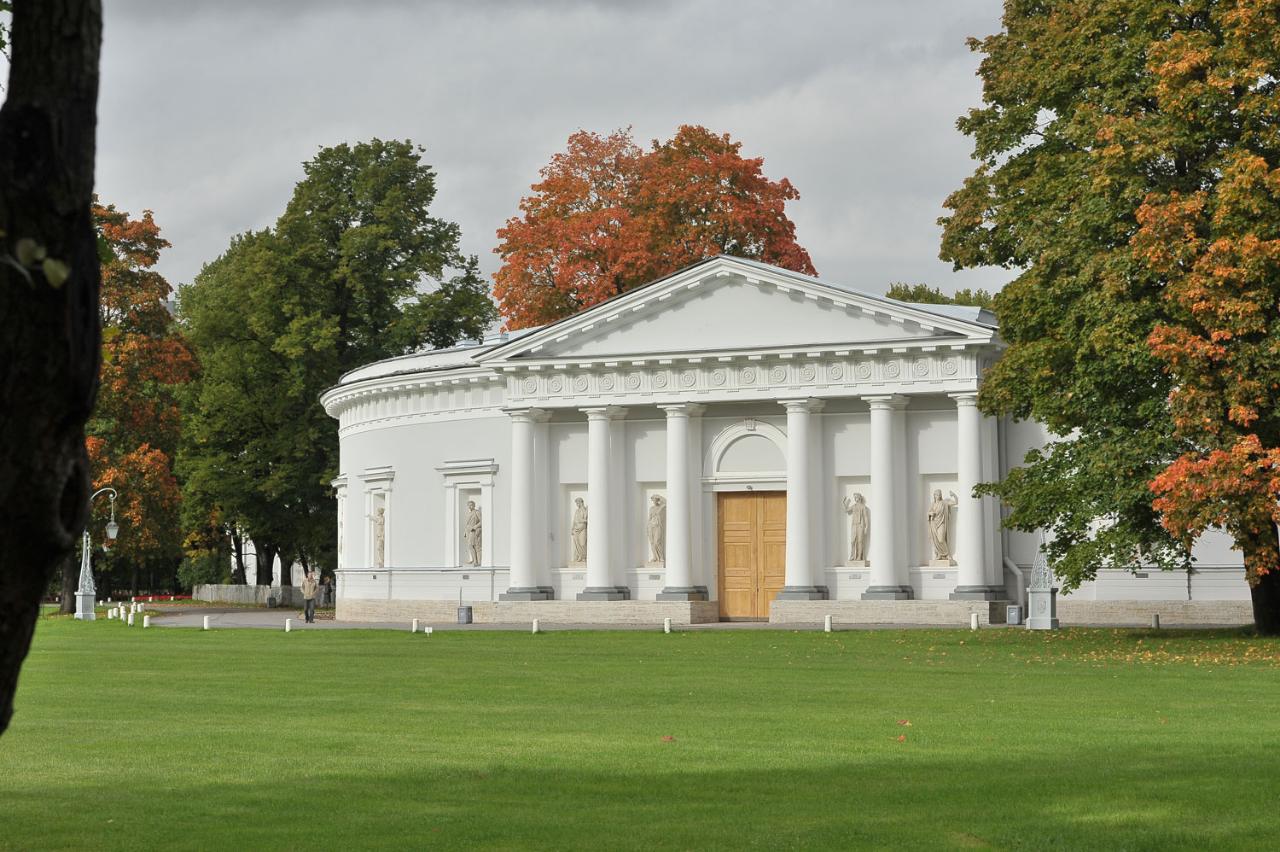
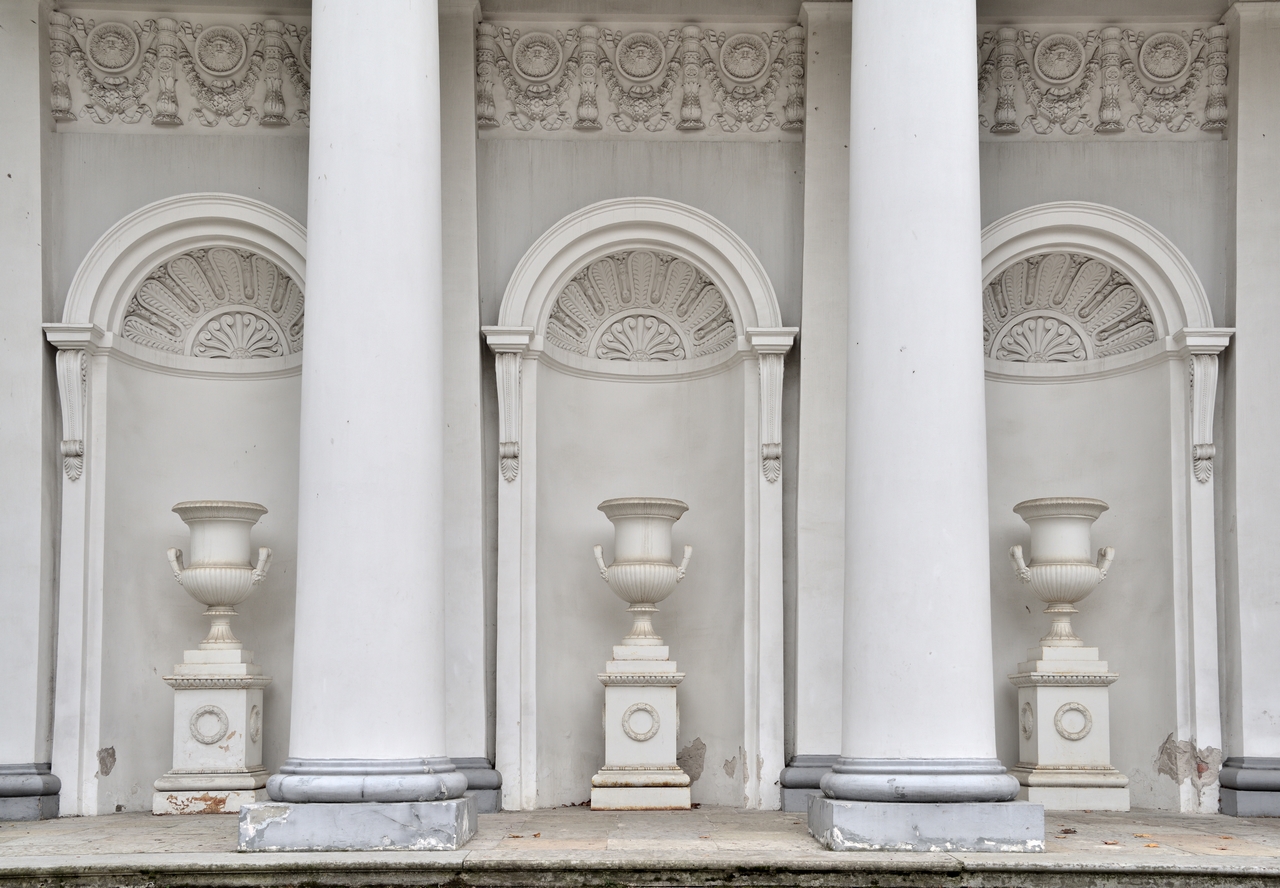
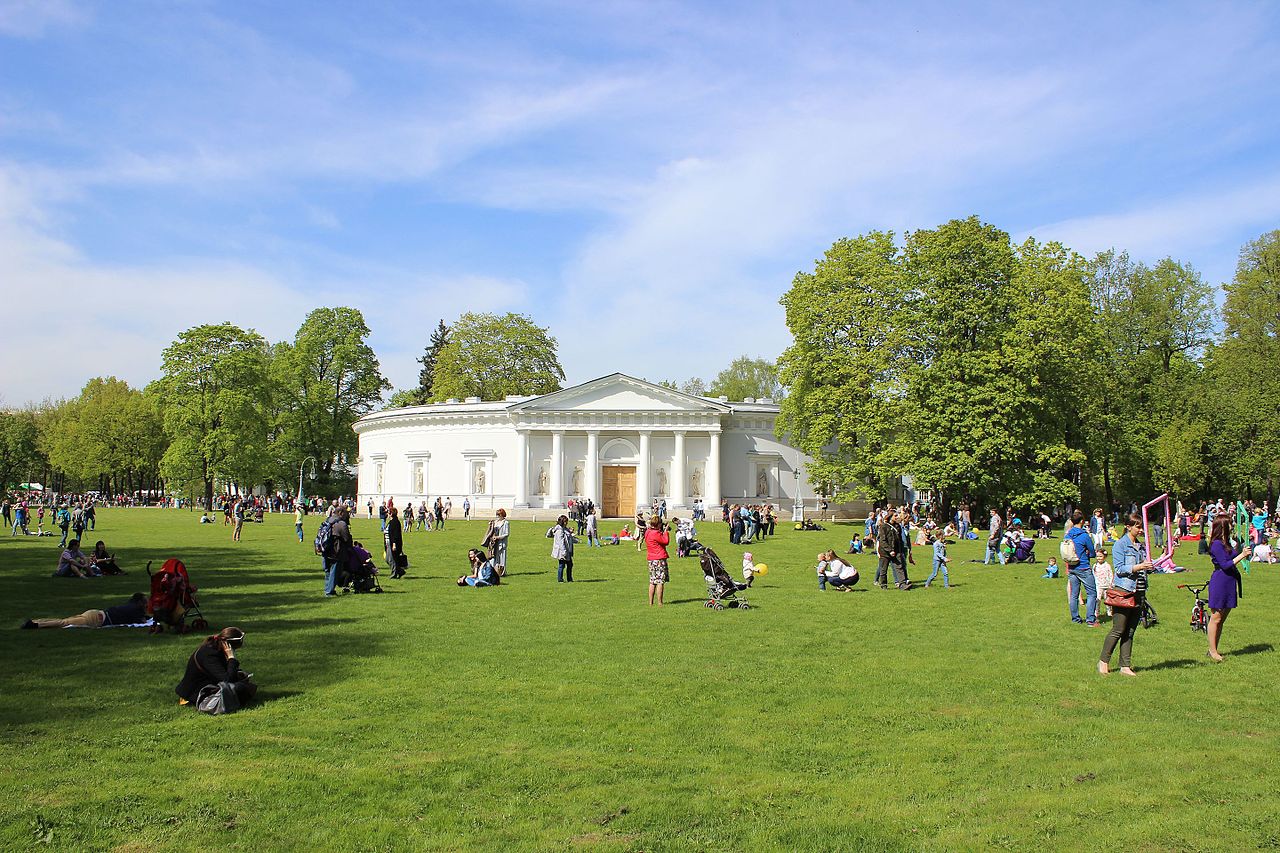
Datsan Gunzechoinei
Datsan Gunzechoinei on the bank of the Bolshaya Nevka River was built in 1909-1915. The initiator was the famous scientist and Buryat lama Agvan Lobsan Dorzhiev, and the project of the Buddhist monastery was developed by Nikolai Berezovsky and Gavriil Baranovsky. The datsan was consecrated in August 1915.
.’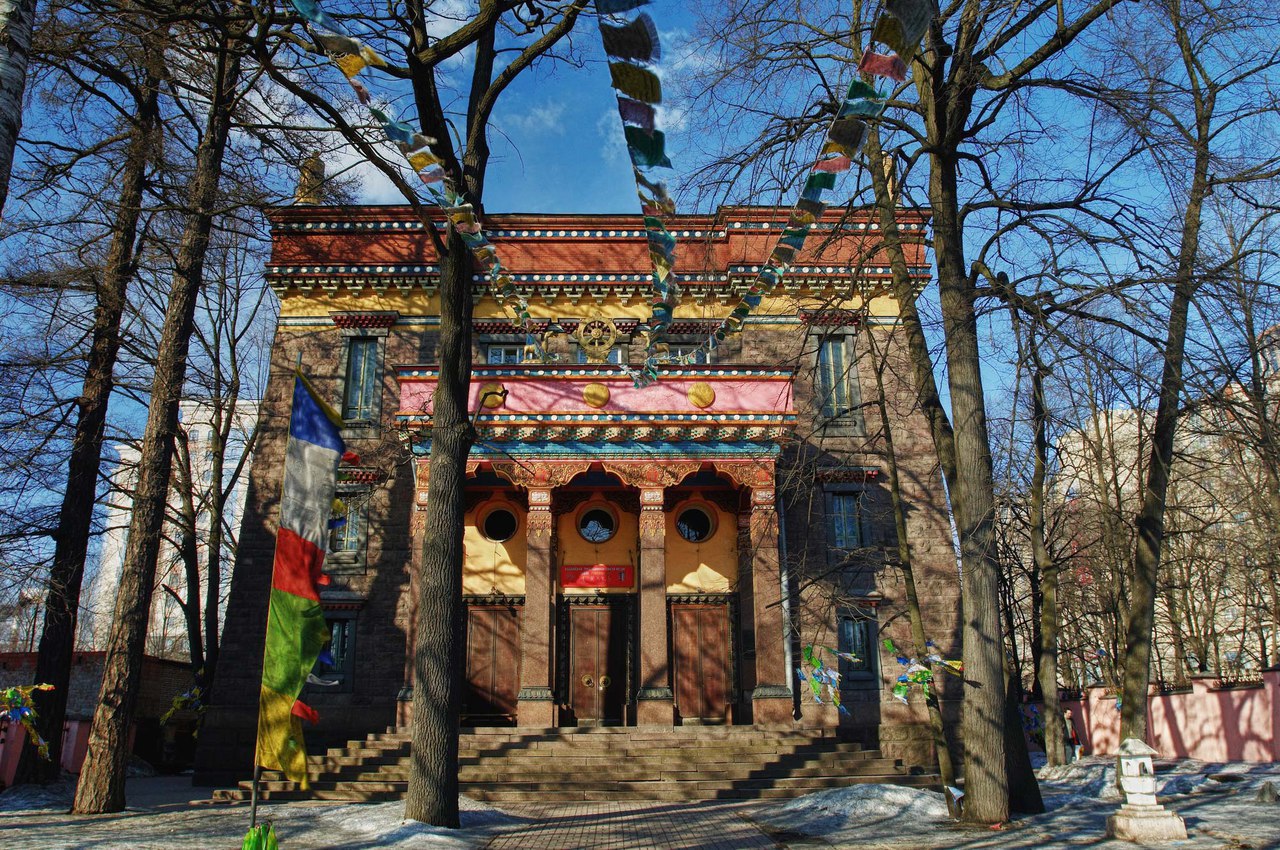
The single rate is valid for citizens of Russia, near and far abroad. The cost of an entrance ticket to the park for adults – 100 rubles, for students (schoolchildren, full-time students), soldiers and sergeants of conscript service – 30 rubles. You can buy a weekend pass (gives the right to visit the park on weekends and holidays), which is valid for a month from the date of purchase. The cost of a season ticket is 600 rubles.
.There are several cafes on the territory of Yelagin Island. Since during walks in nature usually awakens appetite, you can go to one of them and enjoy delicious dishes. Cafe “Na Yelaginom” (European cuisine) is located in the building of the Stables building, cafe “Ostrov” (Russian cuisine) and cafe “Trattoria” (Italian cuisine) – near the 2nd Yelagin Bridge, cafe “Nota” (European cuisine, live music) – near the 3rd Yelagin Bridge.
.How to get there
Address: 197110, St. Petersburg, Elagin Island, 4.
.You can get to the attraction by car or cab. Various forms of public transportation also go here:
.- streetcars nos. 2, 21, 48,
- marshrutkas nos. 93, 132, 133, 179A, 206, 210, 222, 308, 690,
- buses No. 32, 93, .
- metro – the nearest stations: “Staraya Derevnya” and “Krestovsky Ostrov.”
From the metro station “Krestovsky Island” you need to walk along Ryukhina Street to the 2nd Yelagin Bridge. It is located at the intersection of Ryukhina Street with Martynov Embankment. From metro station “Staraya Derevnya” you should walk along Lipovaya Alley to the 3rd Yelagin Bridge. The bridge is located at the intersection of Lipovaya Alley with Primorsky Prospekt.
.